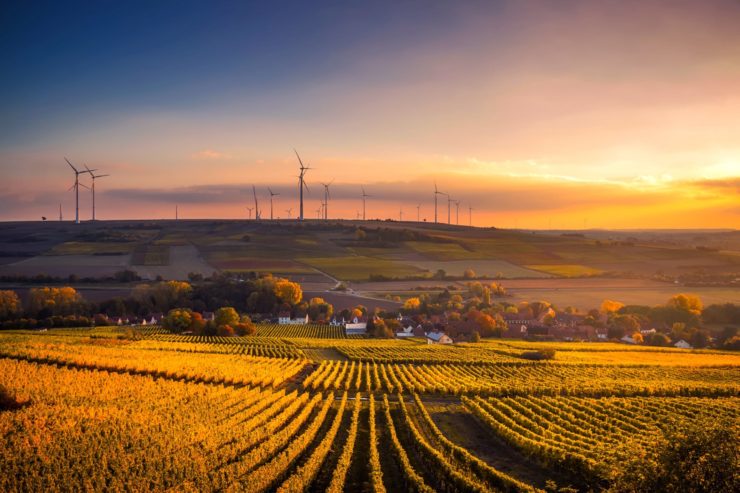
Agricultural producers are quickly embracing revolutionary strategies to increase productivity to make farming a sustainable venture. Drones are on the front line of this revolution along with technology leaders and governments.
Drones have shown a great potential in offering a high-efficiency solution to crop monitoring and crop management. Managing and monitoring large crop fields is a huge challenge that researchers are hoping to solve using drones. Satellite imagery has been previously used for crop monitoring. But this has to be requested in advance, is not precise and can only be taken once per day. Additionally, getting these services is extremely expensive.
There is currently a lot of studies focusing on how drones can be used in crop monitoring and management. The University Of Tennessee, Institute Of Agriculture recently conducted a study on how farmers could use drones to monitor the growth and performance of field crops. The study sought to evaluate the ability of drones to precisely and accurately determine cotton population in the field.
Producers traditionally rely on counting plant populations manually during the early growing stages to assess the state of the crop and make management decisions. The producers don’t count the entire field but rather sample some areas and use the data to estimate the average crop cover. This method can’t be relied upon to provide accurate data as it assumes the entire growing field is uniform.
An aerial approach using drones could provide a more accurate observation in large fields much faster. Researchers evaluated plant stand in cotton fields using the manual counting method and through images taken by multi-spectral cameras and digital cameras using a quad-copter drone. The images obtained from the multi-spectral camera were up to 93 percent accurate. The less-expensive digital camera produced great looking and useful images too, with up to an 85 percent accuracy.
Shawn Butler, one of the lead researchers on the project observed that based on the data obtained, aerial images obtained by either multi-spectral or digital cameras can help to accurately and efficiently assess field crop growth. The research project aims at evaluating more methodologies and tools around the drone technology and beyond to help farmers overcome the crop monitoring obstacle.
Application of drones in agriculture doesn’t stop at monitoring alone. The use of drones in agriculture is quickly spreading to other applications such as soil and field analysis, planting, crop spraying, and health analysis. Looking towards the future, we are likely to see fleets or swarms of autonomous drones being used to handle agricultural field monitoring activities collectively.
A few of the things currently holding this technology back in the agricultural sector include privacy issues, safety concerns, and the perception that data collected might not be accurate. Through research projects such as the ones mentioned above, the industry will be able to push for more sophisticated cameras and sensors for drones that are highly automated to make farming as successful as possible.
|